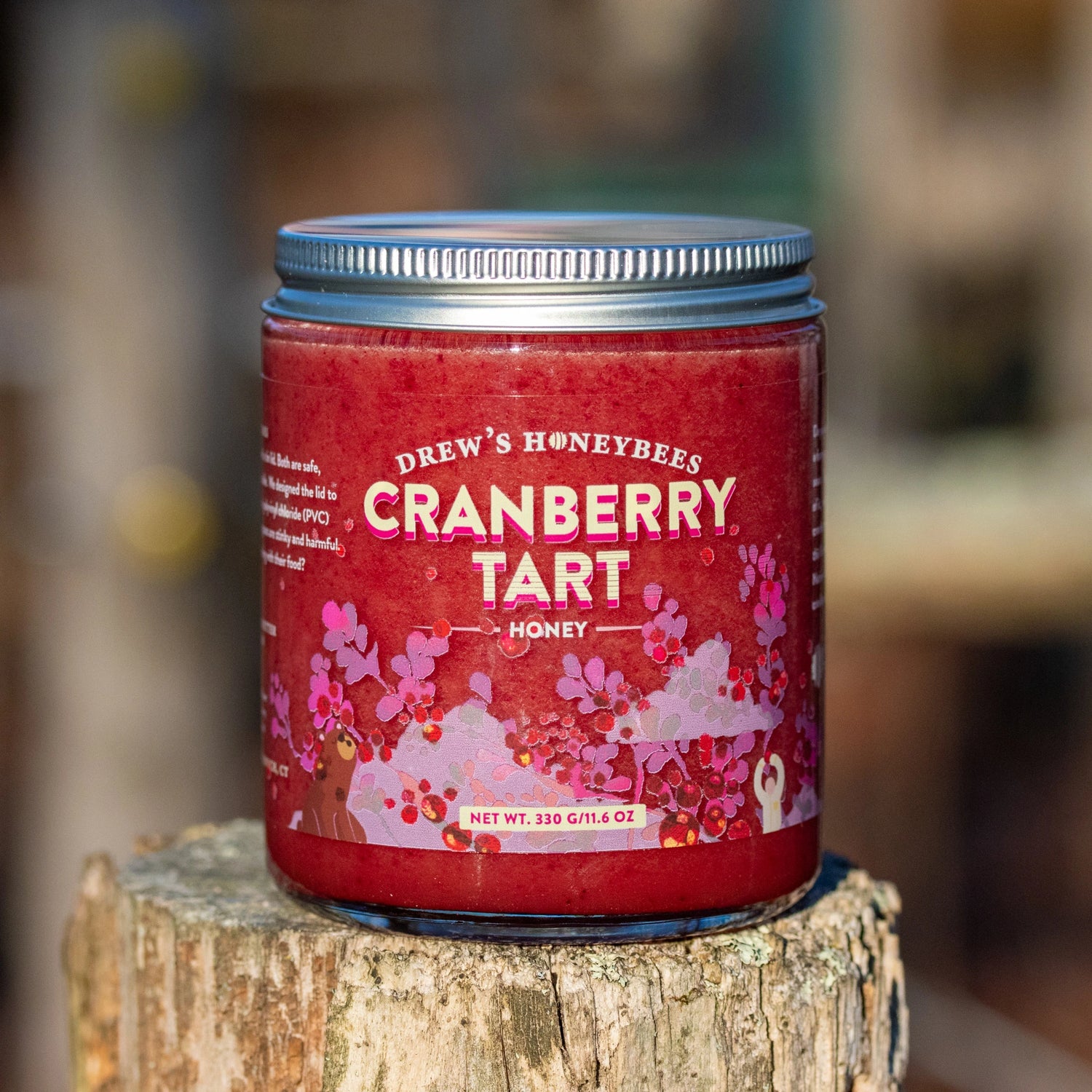A Better Outcome; or, This One’s on Us
Working within ecology is a surer path to better ecological, human health and public finance outcomes.
By Andrew Burnett - 4 Min Read

The Norwich Department of Public Works (DPW) pays TruGreen Incorporated to apply fertilizers, herbicides and an insecticide to Norwich’s public greens. TruGreen identifies the applications with tiny signs (picture below) directing adults, children and pets to stay off. In Norwich, these warnings are often ignored or unseen. Children play and roll on the grass the day of application. This treatment of our public greens is inconsistent with the public health and ecological evidence. Connecticut banned these herbicides and insecticides on athletic fields in 2005 and extended the ban to school grounds in 2010.

Health outcomes are complex. Medicine does not have the means to determine the cause of many bad outcomes. Bad outcomes likely have many factors. The most illuminating way to assess the impacts of these classes of herbicides and pesticides on human health is through statistical modeling–comparing the health outcomes of populations with differing levels of exposure. For herbicides and pesticides, researchers often compare agricultural laborers to populations with less exposure. The statistical research is clear. Higher exposure correlates with greater incidence of bad outcomes–infertility, cancer and death.
At a minimum, no child should contact these surfaces for a day post-application. When used in agriculture, these same pesticides have re-entry periods of several hours, up to one day. Before the re-entry period expires, workers entering the treated area must wear protective clothing equivalent to what is required of the pesticide applicator. Allowing children to enter a treated site during the re-entry period defies common sense. Our children deserve better.

An alternative to applying herbicides is to appreciate flowering plants for aesthetics, value to pollinators and ecological benefit. A weed is an unwanted plant. If we reassess, weeds become something else. Blooming and diverse plants add color to the lawn when they flower, provide habitat and sustenance for pollinators and reduce or eliminate the need to apply fertilizer. Clovers and other species add nitrogen to the soil that does not wash into our river ways–feeding algal blooms. Lawns with dandelions and violets in bloom are reminiscent of a Monet painting, with the vibrant addition of blues and yellows.

In my observation, working close to the function of natural ecosystems as practicable leads to better ecological, human health and public finance outcomes. The town’s green management program attempts to throttle ecology. A point of consideration–DPW pays for the application of the neonicotinoid insecticide imidacloprid, presumably to kill root-eating grubs. Since at least 2013, imidacloprid has failed to kill our most common and destructive invasive grub, the oriental beetle. Even if we decide we want to kill oriental grubs, there are better ways.

I requested 2021 invoices from DPW to understand tradeoffs. I hope to know what better uses there could be for these funds. For example, if we spend $50,000 a year to apply these products to our greens, we could use those taxpayer funds to hire an educator in our struggling schools.

If you have read this far, please do not stop here. DPW and TruGreen resumed applications March 24th. If there is a better outcome, you are indispensable. Contact our officials. Come to a meeting. There is public comment during the City Council meeting April 18 at 7:30. See ya there.

10 comments
do you have local honey available, now?
Ive lived in close to Teachers Memorial school for 30 years and have walked my dogs around the school daily during that period. This last year all of the big fat worms have disappeared so don’t think its just the bees that are being killed. This is truly sad and disturbing that these would be used around a school, green, or anywhere there are children!
I would estimate the Costs going into just grass would be upwards of your estimate 6×. Because not only do they fertilize the grass, they also have crews that regularly cut the grass and maintenence crews to maintain the mowers. Fuel costs for the crew and extra generous wages and benefits and paid lunch. It would be cheaper to use contractors. You never realize the full scale effort going into just grass and leaves.
Complete waste of money. They pay to fertilize the grass and pay to cut it more often than it needs to be.
Chemicals are applied to our school’s grass with little signs as a warning. But those signs don’t keep children off. It also kills beneficial insects. There are better ways to do this rather than use chemicals. Thank you for bringing attention to this.